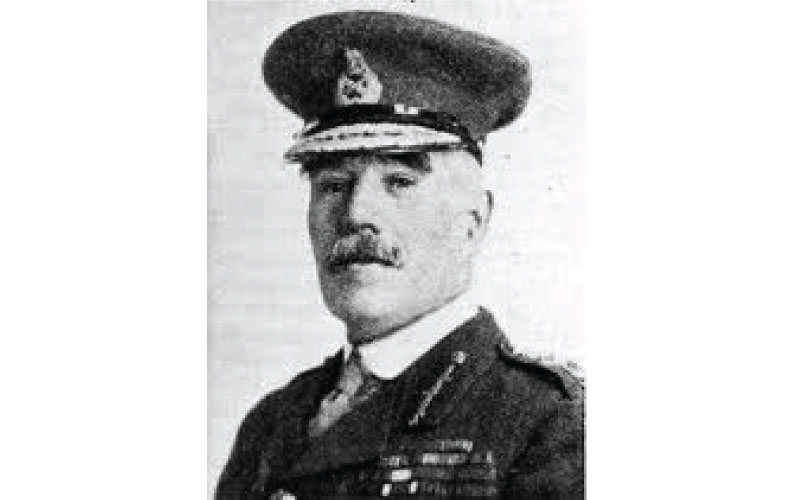Sir William Robertson (1860-1933)
SIR William Robertson holds the unique distinction of rising from private to field marshal in the British Army.
Son of a Welbourn tailor and village postmaster, he was born in 1860.
One of seven children he was brought up strictly and inherited his father’s dignity and his mother’s religious values.
Taught at the village school, he was a sickly child, but became a monitor and was paid sixpence (two-and-a-half pence) a week to teach the younger children.
He was educated better than many working class lads in those days – thanks to local vicar Canon Leslie Melville.
Young William’s first job was as boot boy to Parson King at Ashby de la Launde, near Sleaford.
After a day’s hunting he would be expected to clean up to 70 pairs of boots, never mind taking in the coal and wood for fires which he had to light.
He became under footman at Deene Park, Northamptonshire home of the Charge of the Light Brigade hero the Earl of Cardigan.
The military air of the house was an influence on him and at 17, even though he was three months under age, joined the 16th Lancers.
Yet his remarkable ascent through the ranks didn’t begin until 10 years later when he was made an NCO.
In June 1888 he became Second Lieutenant in 3rd Dragoon Guards.
Having been appointed to the headquarters staff of the Chitral Relief Force in 1894, Robertson returned to England and entered Staff College in January 1895.
Leaving Staff College he was attached to the Intelligence Staff at the London War Office, working within the Russian and Colonial departments.
The same year he was promoted to captain.
After a brief spell in the intelligence department at the start of the Second Boer War (1899-1902) Robertson was dispatched to South Africa to join Lord Roberts HQ staff (then Commander-in-Chief of the British effort).
Towards the close of 1900 Robertson was promoted to Brevet Lieutenant-Colonel. After the conclusion of the South African war he returned to London where he rejoined the Intelligent Staff at the War Office, receiving an appointment as Head of the Foreign Section.
Having been made a full colonel in 1904, Robertson’s career received a further major boost in December 1907 when he was appointed Chief of the General Staff to Sir Horace Smith-Dorrien.
From June 1910 until October 1913 Robertson served as Commandant of the Staff College, during which time he was promoted to major general.
Back again at the War Office he was appointed Director of Military Training.
It was in this role that Robertson served when war broke out in August 1914.
Robertson was appointed quartermaster-general of Sir John French’s British Expeditionary Force (BEF), a post he took up with his sailing to Boulogne.
The following January Robertson switched posts, receiving an appointment as Chief of the General Staff, a position he retained until 1918.
In this role Robertson served as liaison between the Army and the Government (in which role he conspired against then Prime Minister Herbert Asquith, helping to install David Lloyd George as the new Prime Minister late in 1916.
Robertson’s name had earlier been mooted as a possible contender for French’s position as British Commander-in-Chief; in the event Haig received the appointment.
It has been speculated that Robertson’s humble beginnings as a private worked against him.
Robertson was forced to resign in February 1918, taking instead the lesser role of Commander-in-Chief of the British Home Forces.
Sir Henry Wilson replaced Robertson as Chief of the Imperial General Staff. Commanding the British forces on the Rhine from 1919-20, Robertson was first made a baronet in 1919 and then appointed Field Marshal the following year, completing his impressive career assent.
Sir William Robertson affectionately known as ‘Wully’, never forgot his roots and in 1922 unveiled the war memorial in Welbourn.
The village secondary school is named after him.





Leave a Reply
You must be logged in to post a comment.